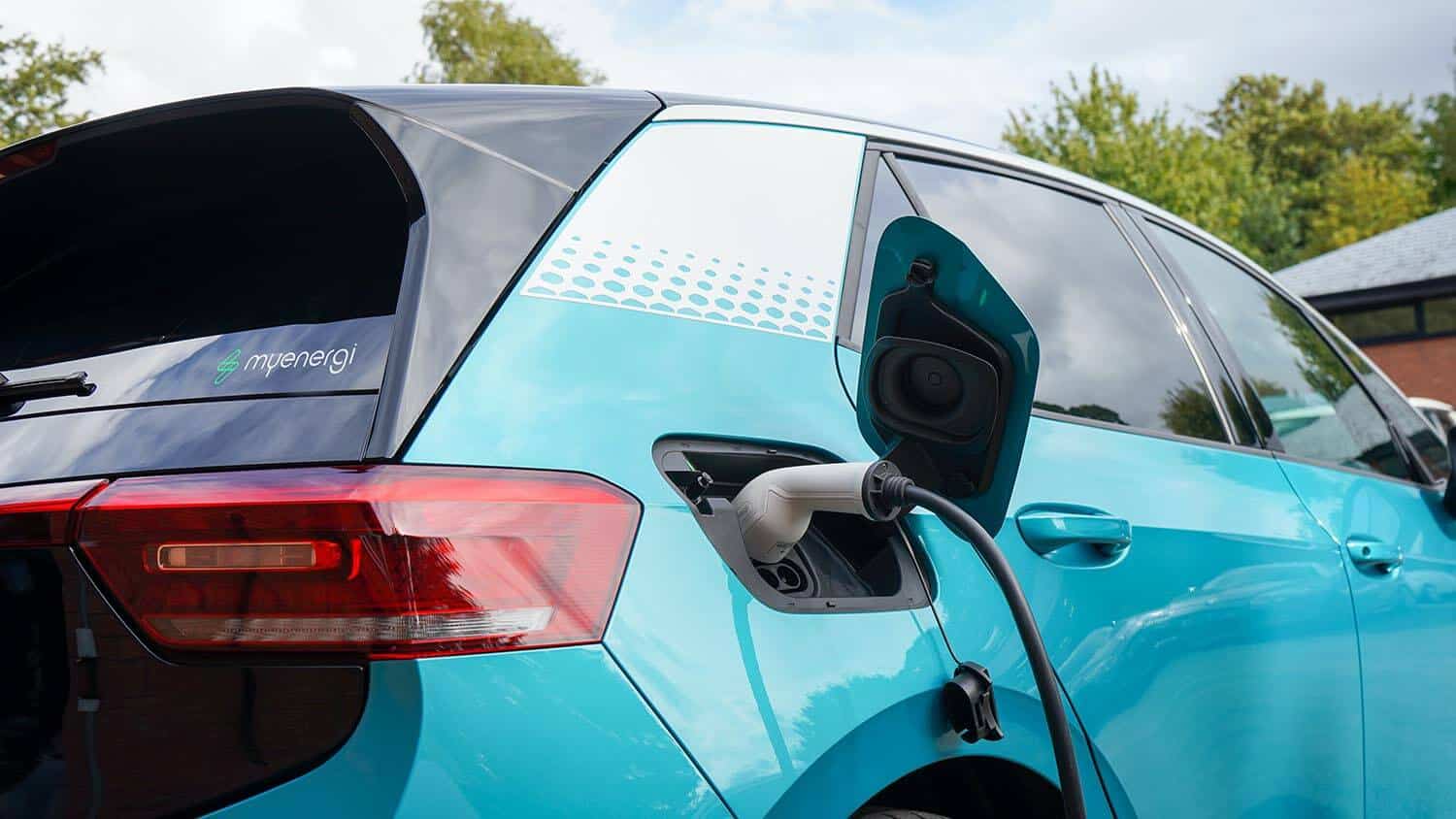Image Credit – myenergi
XTD is a unique charging circuitry that can provide up to a 400% increase in battery capacity, paving the way for the future of green power.
This secret and revolutionary process, which has involved over 10 years of research and development and is currently awaiting a patent, is based on a discovery that is able to recover and store the electricity lost in the operation of all electrical circuits. The process is claimed to work with any rechargeable battery, supercapacitor, or rechargeable device regardless of storage size, and requires the same charging time and the same power consumption as current circuits.
To put this into perspective, a standard lithium-ion battery typically provides a laptop with around 12 hours of charge. With the XTD charger, this can increase the capacity to 48 hours in the same amount of time and by consuming the same amount of power as standard batteries, which reduces overall costs for power consumption and charging by up to 75%.
XTD and Electric Vehicles
This process will be especially advantageous for electric vehicle (EV) batteries. A significant challenge with EVs is long-range driving due to the limited availability of space and the extra weight of the batteries, and a very large number of batteries that would typically be needed to increase the distance covered by EVs. Notably, XTD provides batteries with higher energy densities without taking up the extra space, and it can increase the distance covered by EVs from 250 miles to approximately 1000 miles, resolving the issue of long-range driving.
Another barrier to EVs is the long charging times, and although they vary across different models, the typical EV with a 60kWh battery takes just under 8 hours to charge from empty to full.1 With XTD, EV batteries will take much less time to fully charge, as charging EVs to the same level as the original specification would take 25% of that time, reducing waiting times and the requirement for frequent charging.
The most significant environmental challenge with EVs is the extensive amount of mining required to extract critical raw materials for their batteries, which include lithium, nickel, graphite, and copper.2 Unfortunately, the planet does not hold enough of these precious materials to power all the EVs that we need. However, processes like XTD can help to tackle this issue, as they allow for the implementation of smaller batteries with a high-energy density. This would dramatically cut down raw material extraction, which also reduces overall battery costs, helping to make EVs increasingly more affordable.
XTD claims that their charging circuit could be scaled to charge and store electricity in batteries used in households. Batteries could be charged overnight at a cheaper rate, and could then provide electricity throughout the day for household use, e.g., lighting or water heaters.
Multiple countries including the UK, Germany, Ireland, and the Netherlands have stated they will end the sale of new petrol and diesel cars within the next 10 to 20 years. EVs are also becoming increasingly more available as practically all automobile producers have released electric models.3 It is clear that the future for automotive is electric, and new developments like that of XTD are viable solutions to the current challenges that prevent EVs from becoming mainstream.
XTD CEO Howard Amor has stated to ChangeMaker,
“The secret XTD process looks like science fiction, as it’s hard to prove mathematically until you see, in operation, that it does exactly what it says on the tin.”
XTD is now negotiating funding to bring their circuit to market in 2023. Any updates will be posted here.
References
1. Pod Point, 11 November 2021. How Long Does it Take to Charge an Electric Car?
2. Congressional Research Service, 29 August 2022. Critical Minerals in Electric Vehicle Batteries. Available at https://crsreports.congress.gov/product/pdf/R/R47227 [accessed 6/12/22]
3. Forbes, 4 October 2021. Every Automarker’s EV Plans Through 2035 and Beyond. Available at https://www.forbes.com/wheels/news/automaker-ev-plans/ [accessed 6/12/22]

9/12/2022




